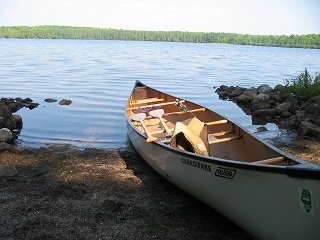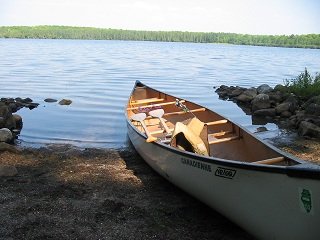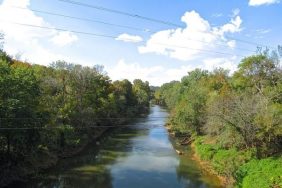 It’s always exciting when we learn and fall in love with a new outdoor activity. I remember when I caught my first big fish, as well as my first time hitting a river on a kayak, and each experience has acted as a yet another brick in the foundation of my love for the outdoors. However, I also believe in gaining some knowledge about something before jumping head first into it. Canoeing is another activity that, while fun and a great way to spend time with friends on the water, can be a bit daunting to prepare for. Today, I’ve provided all you curious or first-time canoe buyers with a crash course on how to choose the right one for your needs.
It’s always exciting when we learn and fall in love with a new outdoor activity. I remember when I caught my first big fish, as well as my first time hitting a river on a kayak, and each experience has acted as a yet another brick in the foundation of my love for the outdoors. However, I also believe in gaining some knowledge about something before jumping head first into it. Canoeing is another activity that, while fun and a great way to spend time with friends on the water, can be a bit daunting to prepare for. Today, I’ve provided all you curious or first-time canoe buyers with a crash course on how to choose the right one for your needs.
One of the most important factors to consider when buying a canoe is what kind of water you’ll predominantly be paddling in. There are three canoe types—recreational, multi-purpose, and river—and each one is better suited for specific conditions. If you plan on using your canoe for casual excursions, such as fishing, photography, or general paddling, then a recreational model will probably be best. These wide, stable canoes are tough to flip and easy to control, but they aren’t built for maneuverability. If winding rivers and quick turns are what you’re in for, then a river model might be better for you. Impact and abrasion resistant, these canoes have higher sides to deflect water, as well as plenty of end-to-end curve (rocker) to give you more maneuverability. If you think you’ll be hitting both types of water, then a multi-purpose canoe is a good bet. They’re made to handle a variety of conditions, and have a good level of maneuverability and load capacity.
The size of canoe you go with will depend on a few things, as well, and consists of the following three components: length, width (beam), and depth. Longer canoes tend to be easier to paddle long distances once they reach a good speed, while shorter models are lighter and easier to maneuver on the water. Consider how many people you’ll be with and how much gear you’ll consistently take with you when deciding on length. Tip: Products in the 16-17 foot range are the most well-rounded and most popular, in terms of versatility.
For width, generally the wider a canoe, the more stable it will be. Narrow models tend to be quicker and turn quickly. With depth, a deeper canoe will do a better job of keeping water out, but the higher sides make it more vulnerable to high winds. Shorter canoes can allow water in, but won’t be hindered by winds.
There it is; a crash course on the basic factors you’ll need to consider when picking out your first canoe. As always, try to keep in mind how often you’ll be using it, where you’ll be using it, and how much you want to spend. If you really get stuck, don’t be afraid to talk to a sales associate or email a manufacturer. Be sure to check back for a breakdown of the parts of a canoe and how each component contributes to the overall function of the watercraft.








